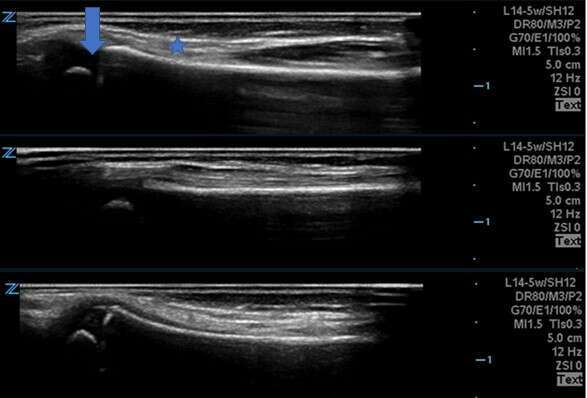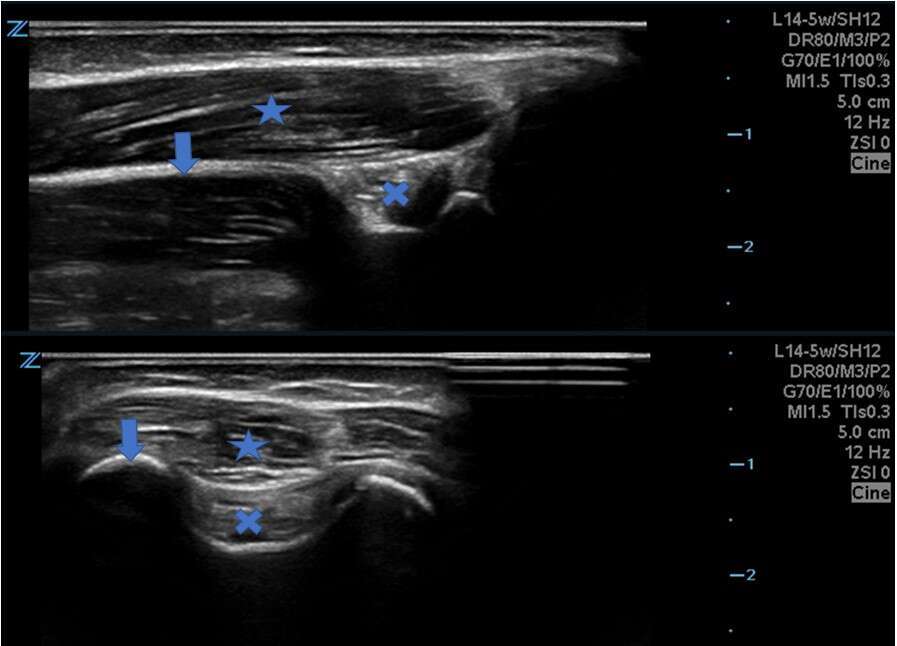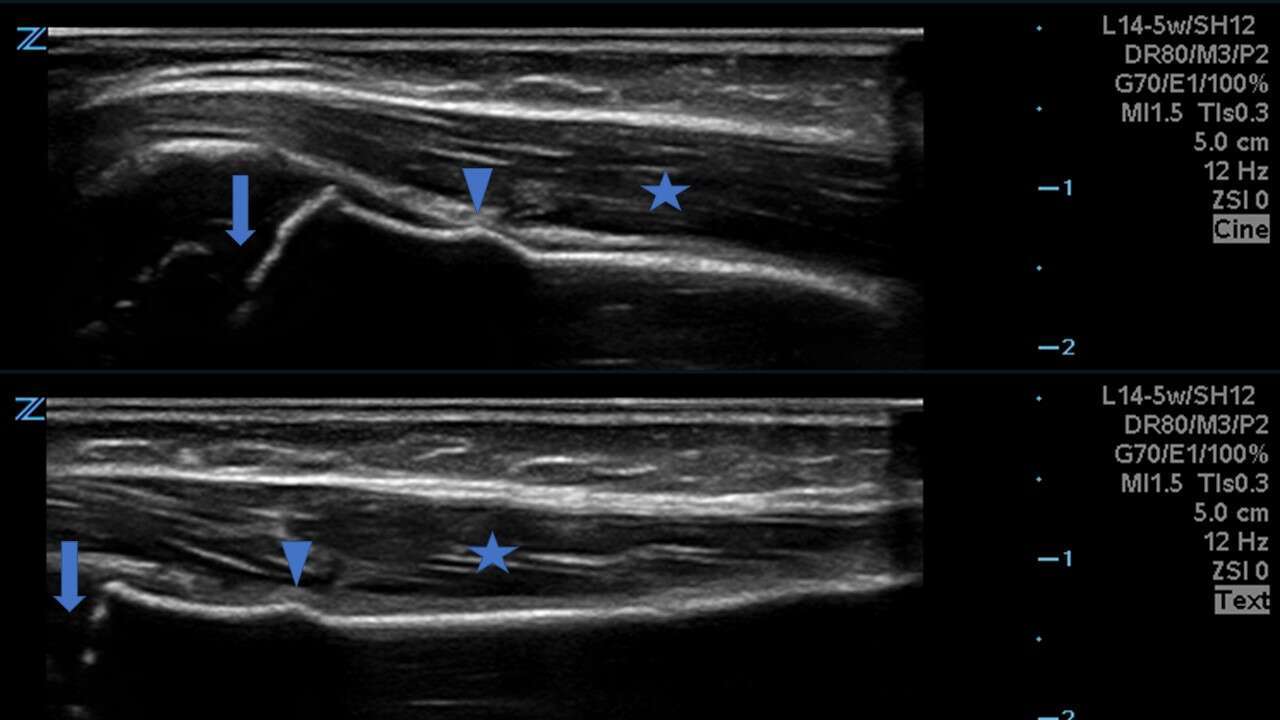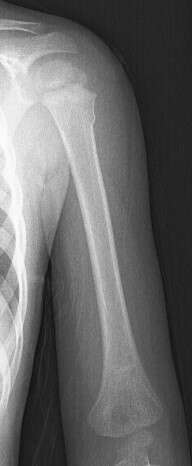Pediatric emergency department physicians are often unable to discern a specific point of tenderness when examining children who present after minor trauma. Traditionally, the injured child without focal findings on history or examination is sent for radiography of the injured limb. Here, we report a case of a three year old boy who, while running, fell on an outstretched arm. On point of care ultrasound (POCUS) distal forearm, supracondylar area and proximal humerus were interrogated, and a torus fracture of the proximal humerus was found. In injured children without localizing findings on examination, a step-by-step POCUS screening protocol can quickly and painlessly identify common pediatric fractures.





